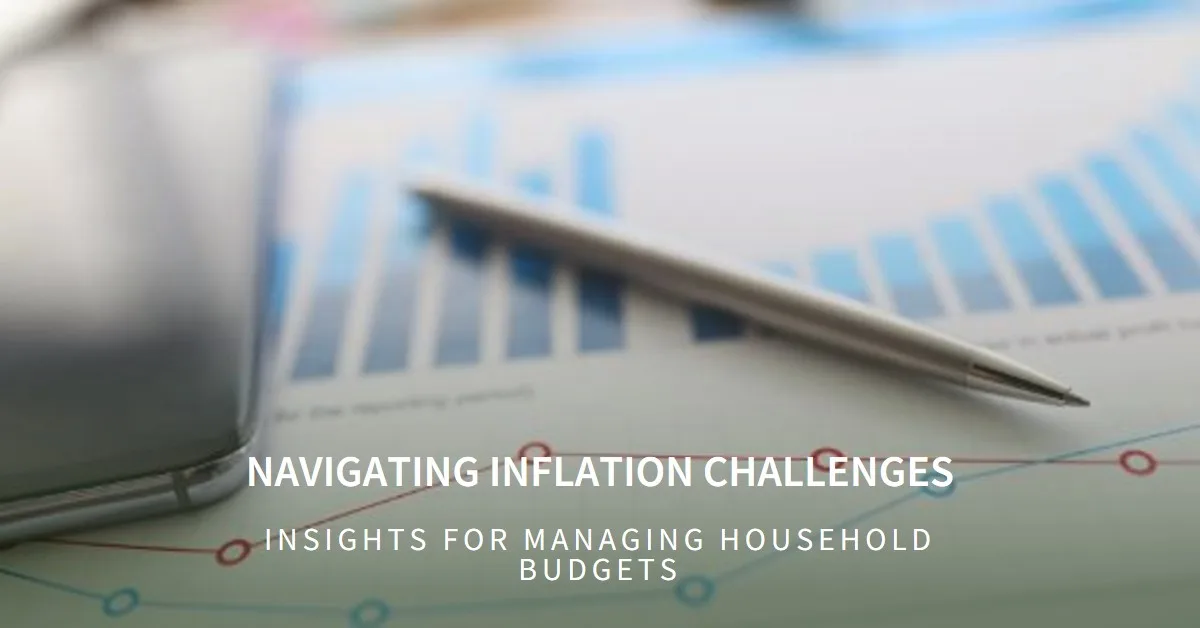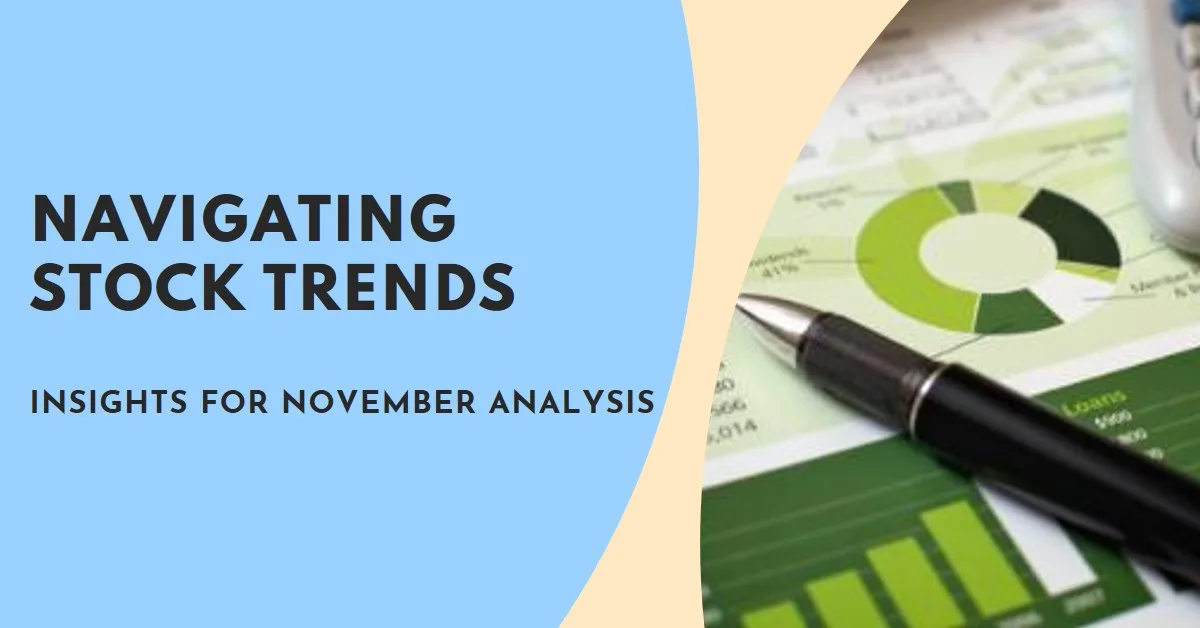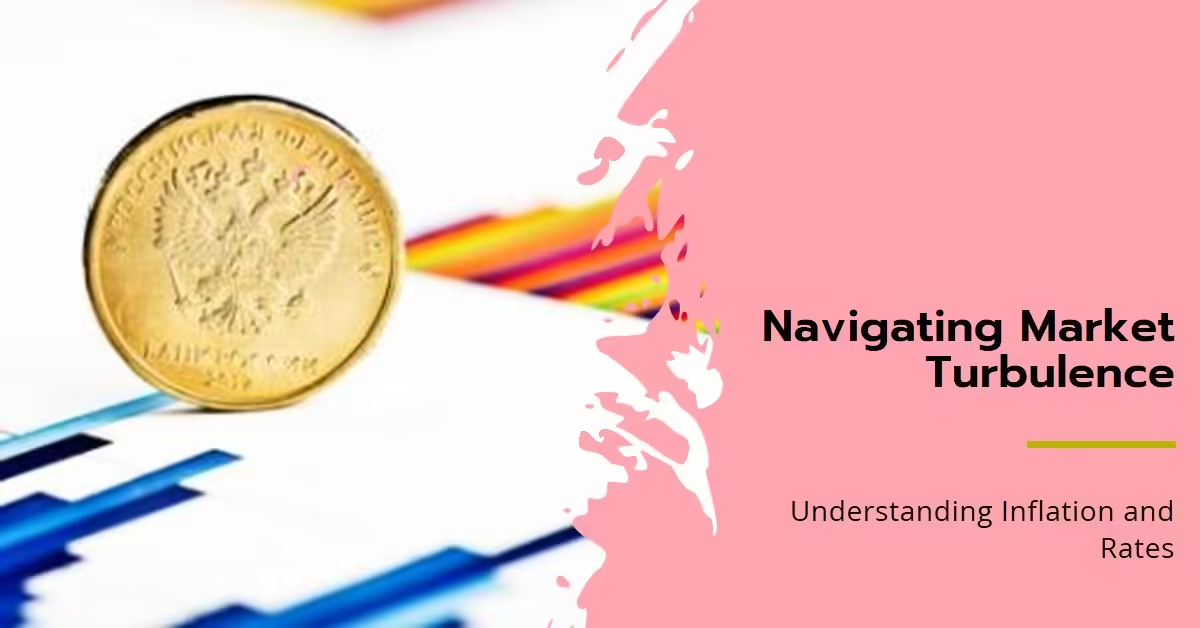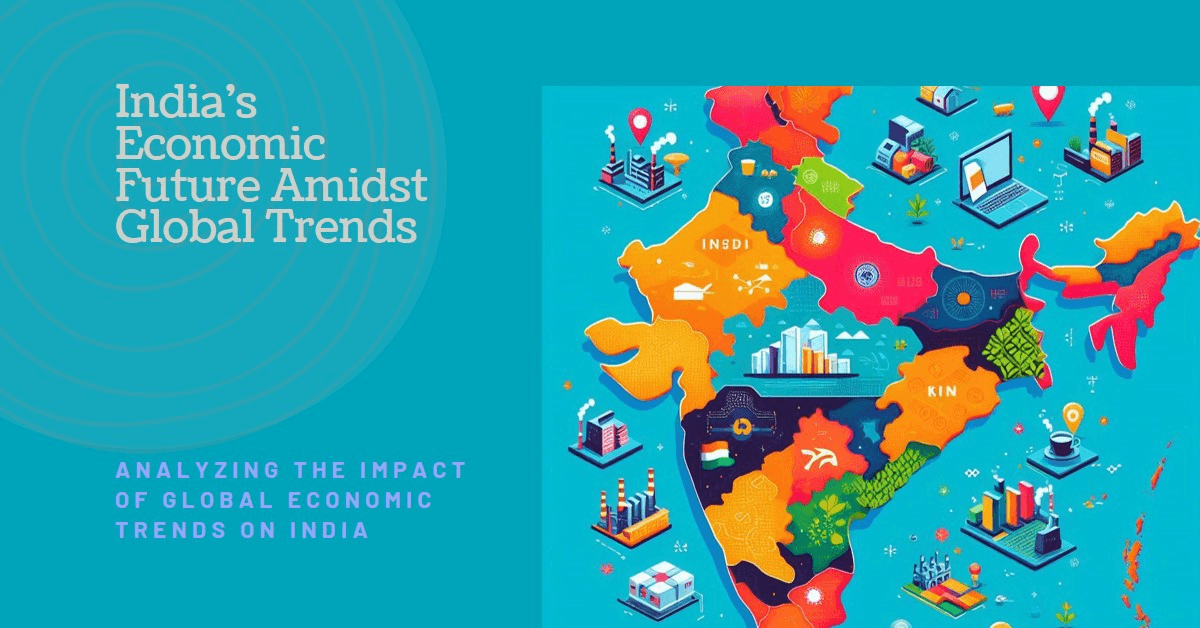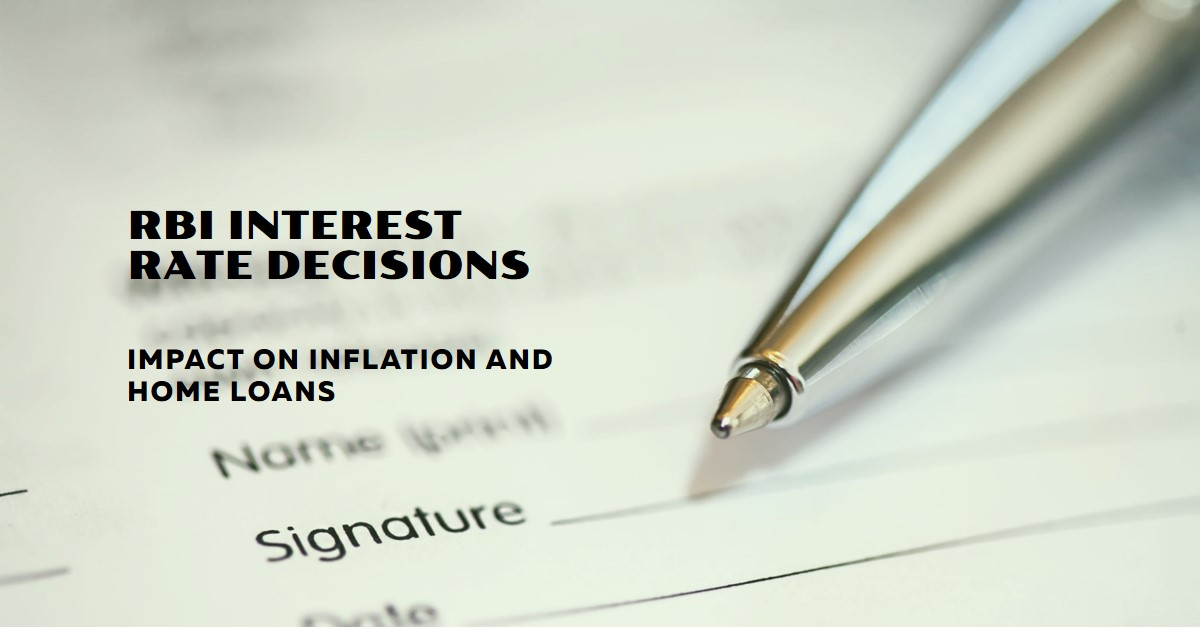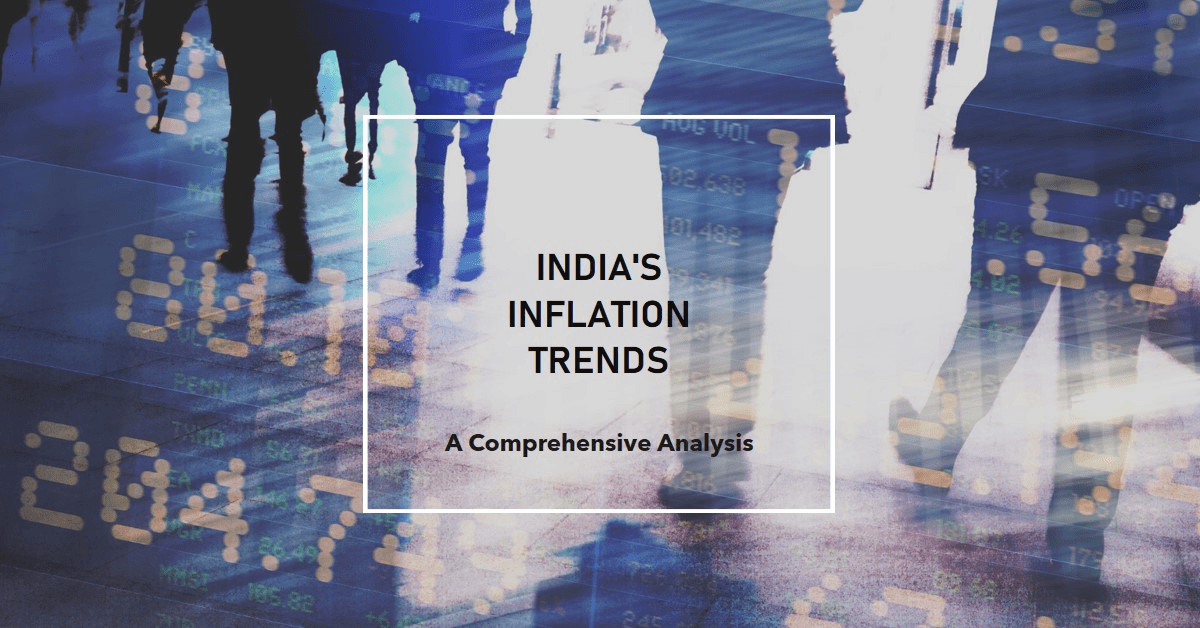
India Inflation has been a critical factor shaping India’s economy in 2024, with far-reaching implications for businesses, households, and policymakers alike. Rising prices for essential goods, fluctuating fuel costs, and global supply chain disruptions have driven inflation upward, challenging small businesses and households to adapt. In this article, we will explore the latest inflation trends in India, analyze their impact on various sectors, and provide actionable insights for business owners and families to navigate these economic challenges.
Understanding Inflation: The 2024 Landscape
As of Q3 2024, India’s inflation rate hovers around 6.5%, surpassing the Reserve Bank of India’s (RBI) upper tolerance limit of 6%. Several factors contribute to this rise, including:
- Fuel price volatility: With global crude oil prices fluctuating, fuel costs have surged, adding to transportation and manufacturing expenses.
- Rising food prices: Erratic weather patterns and supply chain disruptions have driven up the prices of essential food items such as vegetables, grains, and pulses.
- Global inflationary pressures: International economic instability, driven by geopolitical conflicts and supply shortages, has led to increased import costs, further fueling inflation.
India’s inflationary trends are shaped by both global and domestic dynamics. While inflation has eased from its peak earlier in the year, it remains a key concern for the Indian economy, particularly for small businesses and households that are more vulnerable to rising costs.
For more on India’s economic context, see our previous article on India’s economic growth post-COVID and drivers of recovery.
Impact on Small Businesses: Rising Costs and Reduced Profit Margins
Small businesses, which form the backbone of India’s economy, have been particularly hard-hit by inflationary pressures. Key impacts include:
1. Increased Operating Costs
Inflation has led to higher costs for raw materials, fuel, and labor. For example:
- Manufacturing and retail sectors have seen a sharp rise in production and transportation costs due to higher fuel prices. This has forced many businesses to either absorb these costs or pass them on to consumers, which can lead to reduced demand.
- Service industries, particularly in hospitality and logistics, are grappling with increased energy and supply costs, impacting their profitability.
Example: A textile manufacturer in Ludhiana reported a 20% increase in the cost of cotton and dyes, leading to thinner profit margins as passing the entire cost onto consumers risks losing market share.
2. Reduced Consumer Spending
Inflation has eroded purchasing power, causing a decline in discretionary spending. This has hit sectors such as retail, e-commerce, and hospitality hard, with small businesses facing slower sales growth.
Many businesses are turning to digital marketing and cost-cutting strategies to maintain profitability. For insights on marketing in tough economic times, check out our piece on marketing strategies for small businesses.
3. Challenges with Access to Credit
Rising interest rates, as part of the RBI’s inflation control measures, have made borrowing more expensive. Small businesses that rely on loans for expansion or working capital are facing higher repayment costs, limiting their growth potential.
Actionable Insights for Small Business Owners:
- Optimize supply chains: Reducing reliance on volatile external suppliers by sourcing materials locally can help mitigate cost increases.
- Embrace technology: Investing in automation and digital tools to reduce operational costs can help businesses offset inflation-driven expenses.
- Strategic pricing: Adjust pricing models carefully, balancing cost recovery with maintaining customer loyalty. Offering discounts or bundling services can also retain consumers during tough times.
Impact on Households: Rising Costs of Living
For Indian households, inflation has hit home in the form of rising food, fuel, and housing costs, leading to a squeeze on disposable income. Some of the most affected areas include:
1. Food Inflation
Food inflation, driven by supply shortages and volatile agricultural production, has significantly impacted household budgets. Prices for staples such as rice, wheat, and vegetables have surged, leading to reduced purchasing power.
According to government data, food inflation rose by 7.4% in August 2024, driven largely by price spikes in vegetables (especially onions and tomatoes) and pulses.
Household Impact Example: A typical middle-class family in Mumbai now spends ₹2,500 more per month on groceries compared to the same period in 2023. This has forced many families to cut back on non-essential items like dining out and vacations.
2. Fuel Prices and Transportation Costs
Fuel prices have increased substantially, with petrol and diesel prices hovering above ₹100 per liter in most cities. This has affected not only transportation costs for individuals but also the prices of goods that rely on transportation, such as groceries and manufactured products.
3. Housing and Utility Costs
The cost of housing, especially in urban areas, has also increased. Rising interest rates have made home loans more expensive, and higher input costs for construction materials have pushed up real estate prices.
For renters, landlords are raising rents in response to inflation, putting additional pressure on household budgets. Utility bills, especially for electricity, have also surged due to rising energy prices.
Macroeconomic Impact: Slowdown in Growth and Policy Responses
Inflationary pressures have had a broader impact on India’s economy, with key sectors such as manufacturing, agriculture, and services feeling the strain. The government and the RBI have implemented various measures to curb inflation, including:
- Raising interest rates: The RBI has increased the repo rate by 100 basis points in 2024, making borrowing more expensive to reduce demand and control inflation.
- Boosting domestic production: The government has focused on boosting domestic production through initiatives such as ‘Make in India’ and expanding agricultural support to increase food supply and reduce reliance on imports.
Expert Analysis: Economists predict that while inflation may gradually ease in the coming quarters, its impact on growth will be felt throughout 2024. According to a report by the Ministry of Finance, India’s GDP growth is expected to slow to 6.1% in 2024, compared to 6.9% in 2023, largely due to inflationary pressures.
Government and RBI Measures to Combat Inflation
The Indian government and the RBI have undertaken various initiatives to tackle inflation. Some key measures include:
1. Monetary Policy Tightening
The Reserve Bank of India has been raising interest rates to curb inflation. As of September 2024, the repo rate stands at 6.75%, up from 6% at the beginning of the year. By making borrowing more expensive, the RBI aims to reduce liquidity in the market, thereby controlling demand-driven inflation.
2. Supply Chain Reforms
To address supply-side inflation, the government is focusing on strengthening domestic supply chains, particularly in agriculture and manufacturing. Increased support for farmers, such as subsidies for fertilizers and irrigation, is aimed at boosting food production and stabilizing prices.
3. Energy Policy Reforms
With fuel prices being a significant contributor to inflation, the government is working to diversify India’s energy portfolio, focusing on renewable energy sources to reduce dependence on volatile global oil markets. Investments in solar, wind, and hydroelectric projects are seen as long-term solutions to stabilize energy prices.
For more insights into India’s renewable energy initiatives, read our analysis on renewable energy trends.
How Households Can Cope with Rising Costs
Inflation has undoubtedly put pressure on Indian families, but there are strategies that can help households mitigate its impact:
1. Budgeting and Cost Cutting
Creating a detailed budget can help families prioritize essential expenses while identifying areas where they can cut back. For example, opting for public transportation or carpooling instead of using personal vehicles can save on fuel costs. Additionally, buying in bulk or switching to generic brands can reduce grocery bills.
2. Invest in Inflation-Protected Assets
To safeguard savings, families should consider investing in inflation-protected financial products such as gold, inflation-indexed bonds, or stocks that tend to perform well during inflationary periods (e.g., energy or consumer staples companies).
3. Energy Efficiency
Given the rise in utility bills, investing in energy-efficient appliances and practices can help reduce electricity consumption. Simple changes, such as using energy-saving bulbs and turning off devices when not in use, can make a difference.
Actionable Insights for Businesses and Families
For Business Owners:
- Explore Automation: Investing in automation can help reduce labor costs in the long run, providing a buffer against rising input costs.
- Diversify Supply Chains: To mitigate the risks of inflation-related supply chain disruptions, businesses should diversify their supplier base, especially by exploring local sources.
- Customer Retention: In an inflationary environment, focusing on customer retention through loyalty programs, discounts, and personalized services can help maintain revenue even as prices rise.
For Families:
- Bulk Purchase and Discounts: Take advantage of wholesale purchases or seasonal discounts to lower household expenses.
- Energy Saving: Lower utility bills by using energy-efficient appliances and reducing unnecessary energy consumption.
- Smart Investment Choices: Diversify your investment portfolio to include inflation-protected securities and assets that tend to hold value during inflationary periods, such as gold or real estate.
Conclusion: Navigating Inflation in 2024
India’s inflation trends in 2024 present significant challenges but also opportunities for adaptation and resilience. While small businesses grapple with rising costs and reduced consumer spending, strategic planning and leveraging technology can help them weather the storm. For households, effective budgeting and making smart investment choices will be essential in maintaining financial stability.
For more insights into India’s economy and inflation, check out our detailed reports on inflationary pressures in India and how the Indian stock market is coping with global economic uncertainty.
External References:

